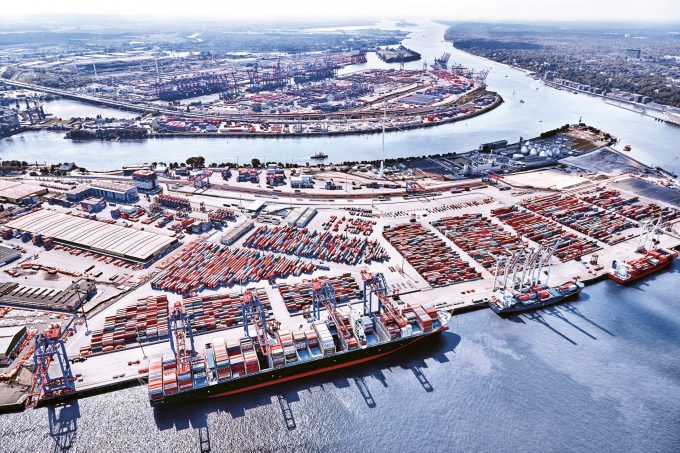Solid results in '24 and a good start to '25, says bullish Hapag-Lloyd CEO
German container shipping line Hapag-Lloyd appears to have slightly lost market share last year, today ...

Weak Asian import container volumes into Hamburg caused further declines in the performance of its largest stevedore, HHLA, which yesterday reported a year-to-date revenue decline of 7.1% for the first nine months.
Total sales from January to September came to €1.09bn ($1.18bn), down from last year’s €1.17bn, and its EBITDA was hit even worse, suffering a 32.1% drop, to €64m, compared with €94.3m last year – representing a 6.5 basis point decline on its EBITDA margin.
The company said total throughput across ...
Volcanic disruption at Anchorage could hit transpacific airfreight operations
Shippers snap up airfreight capacity to US ahead of tariff deadline
Forwarders stay cool as US 'liberation day' tariffs threaten 'global trade war'
New price hikes may slow ocean spot rate slide – but for how long?
Tighter EU import requirements proving 'a challenge' for forwarders
Supply chain delays expected after earthquake hits Myanmar
Looming Trump tariffs will create 'a bureaucratic monster' for Customs

Comment on this article